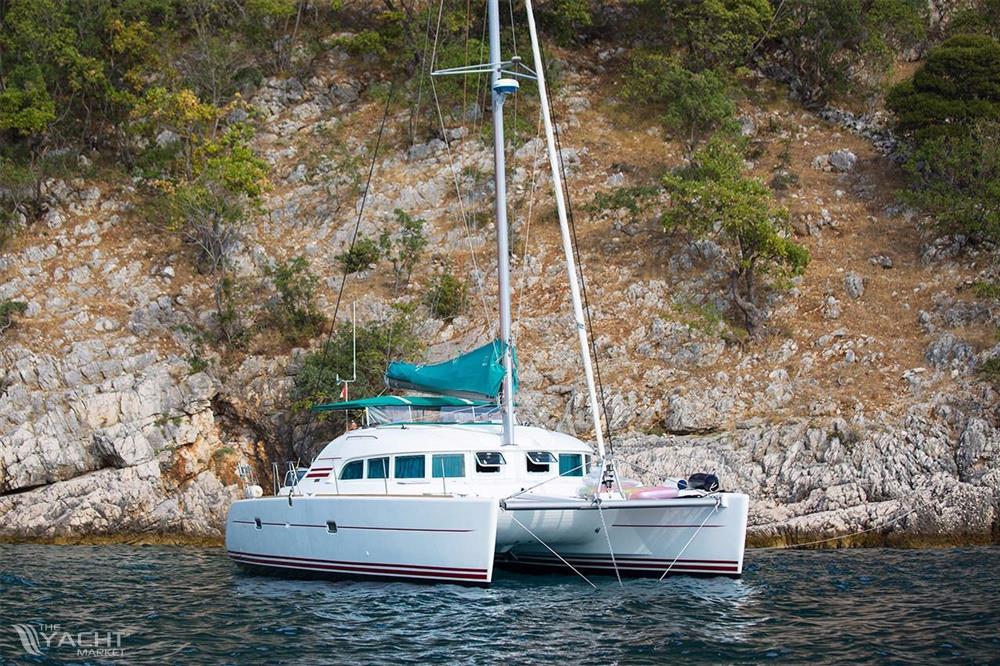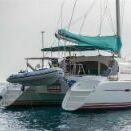As Bengo states you will have a problem with the BSS unless you can convince him/her/it that you have no heavy loads ..........
Quote from the BSS :
The battery cables prescribed in the Checking action must have a minimum cross-sectional area of 25mm2.
Check the size of the following cables by comparing them against a typical sample cable.
• battery to battery isolator;
• battery or battery isolator to starter solenoid;
• battery to battery;
• engine return to battery or battery isolator;
• battery to bow thruster motor;
• battery to anchor winch motor;
• battery to inverter system (over 1000w size);
• battery to electric-propulsion motor.
Applicability – cables between batteries and battery isolators are permitted to have a cross-sectional area of less than 25mm2 where it can be confirmed that the circuit only supplies low current domestic and/or navigation equipment (e.g. lighting, fridges, pumps, radios, etc).
So if you have the likes of an immersion heater, starter motor, inverter, etc then 10mm2 would be a BSS fail.
Just as an addendum - it might be worthwhile, and avoid simple mistakes that result in a 'fail, to go onto the BSS website and download their requirements.
Document title : "BSS examination Checking Proceedures" (make sure you get the latest 2023 version)




